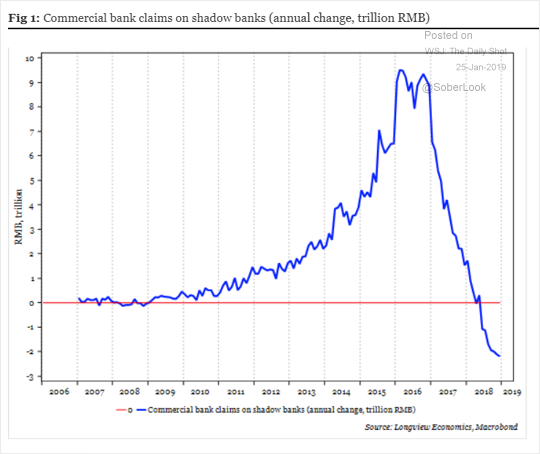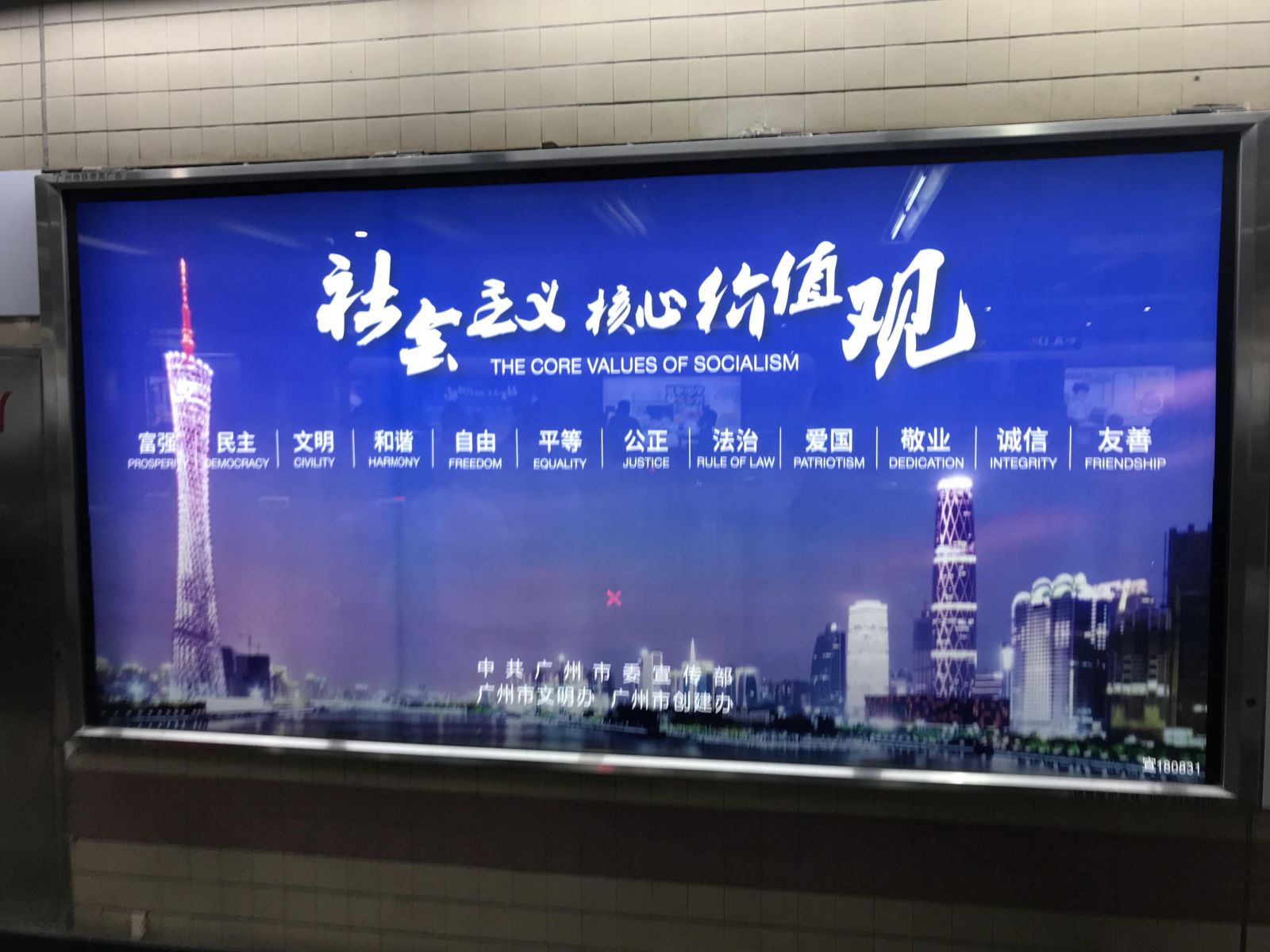A
Also most relevant for the price of gold is the turning of the tide in terms of monetary policy. We find it quite remarkable that the gold price (in USD terms) bottomed out exactly at the beginning of the current rate hike cycle. When it became clear in 2015 that administered US interest rates would soon be raised, many market participants and observers sotto voce predicted a precipitous slump in the gold price. In the same year, we pointed out to our readers that rising interest rates could actually prove to be positive for the gold price. Market developments in recent years are testifying to the fact that this assessment was correct.
In addition to hiking interest rates since late 2015, the Fed began reducing the size of its balance sheet starting in Q4 2017, a process that has been dubbed “quantitative tightening” (QT). From our perspective, most market participants are currently massively underestimating the likely consequences of the QT process. The “everything bubble” which we discussed at length in last year’s In Gold we Trust report6 is at grave risk of bursting as more and more liquidity is withdrawn. The monthly contraction in Fed assets is gradually ratcheted up and will reach USD 50bn per month from October 2018 onward. In total, the balance sheet is to be reduced by USD 420bn in 2018 and by USD 600bn in 2019. However, we believe this monetary normalization plan is unlikely to survive a significant decline in even one, let alone several asset classes (equities, bonds, real estate).
lso most relevant for the price of gold is the turning of the tide in terms of monetary policy. We find it quite remarkable that the gold price (in USD terms) bottomed out exactly at the beginning of the current rate hike cycle. When it became clear in 2015 that administered US interest rates would soon be raised, many market participants and observers sotto voce predicted a precipitous slump in the gold price. In the same year, we pointed out to our readers that rising interest rates could actually prove to be positive for the gold price. Market developments in recent years are testifying to the fact that this assessment was correct.
In addition to hiking interest rates since late 2015, the Fed began reducing the size of its balance sheet starting in Q4 2017, a process that has been dubbed “quantitative tightening” (QT). From our perspective, most market participants are currently massively underestimating the likely consequences of the QT process. The “everything bubble” which we discussed at length in last year’s In Gold we Trust report6 is at grave risk of bursting as more and more liquidity is withdrawn. The monthly contraction in Fed assets is gradually ratcheted up and will reach USD 50bn per month from October 2018 onward. In total, the balance sheet is to be reduced by USD 420bn in 2018 and by USD 600bn in 2019. However, we believe this monetary normalization plan is unlikely to survive a significant decline in even one, let alone several asset classes (equities, bonds, real estate). Also most relevant for the price of gold is the turning of the tide in terms of monetary policy. We find it quite remarkable that the gold price (in USD terms) bottomed out exactly at the beginning of the current rate hike cycle. When it became clear in 2015 that administered US interest rates would soon be raised, many market participants and observers sotto voce predicted a precipitous slump in the gold price. In the same year, we pointed out to our readers that rising interest rates could actually prove to be positive for the gold price. Market developments in recent years are testifying to the fact that this assessment was correct.
In addition to hiking interest rates since late 2015, the Fed began reducing the size of its balance sheet starting in Q4 2017, a process that has been dubbed “quantitative tightening” (QT). From our perspective, most market participants are currently massively underestimating the likely consequences of the QT process. The “everything bubble” which we discussed at length in last year’s In Gold we Trust report6 is at grave risk of bursting as more and more liquidity is withdrawn. The monthly contraction in Fed assets is gradually ratcheted up and will reach USD 50bn per month from October 2018 onward. In total, the balance sheet is to be reduced by USD 420bn in 2018 and by USD 600bn in 2019. However, we believe this monetary normalization plan is unlikely to survive a significant decline in even one, let alone several asset classes (equities, bonds, real estate).
Also most relevant for the price of gold is the turning of the tide in terms of monetary policy. We find it quite remarkable that the gold price (in USD terms) bottomed out exactly at the beginning of the current rate hike cycle. When it became clear in 2015 that administered US interest rates would soon be raised, many market participants and observers sotto voce predicted a precipitous slump in the gold price. In the same year, we pointed out to our readers that rising interest rates could actually prove to be positive for the gold price. Market developments in recent years are testifying to the fact that this assessment was correct.
In addition to hiking interest rates since late 2015, the Fed began reducing the size of its balance sheet starting in Q4 2017, a process that has been dubbed “quantitative tightening” (QT). From our perspective, most market participants are currently massively underestimating the likely consequences of the QT process. The “everything bubble” which we discussed at length in last year’s In Gold we Trust report6 is at grave risk of bursting as more and more liquidity is withdrawn. The monthly contraction in Fed assets is gradually ratcheted up and will reach USD 50bn per month from October 2018 onward. In total, the balance sheet is to be reduced by USD 420bn in 2018 and by USD 600bn in 2019. However, we believe this monetary normalization plan is unlikely to survive a significant decline in even one, let alone several asset classes (equities, bonds, real estate).
My view – Rather than think so much about a risk to the dollar’s position as the reserve currency, perhaps the bigger point is that China has a well-telegraphed decision intention to internationalise the renminbi. That holds out the long-term prospect of a true bi-polar world where competing economic bloc compete against one another.
If one were to think about a truly bullish case for gold that kind of scenario is definitely high in the realm of possibilities to drive investor demand. The gold price is currently holding in the region of $1300 but the medium-term pattern is one of a saucering pattern similar to the base put in during the early 2000s. However, a sustained move above $1400 will be required to confirm a return to medium-term demand dominance.
A link to the full report is posted in the Subscriber's Area.
Rather than think so much about a risk to the dollar’s position as the reserve currency, perhaps the bigger point is that China has a well-telegraphed intention to internationalise the renminbi. That holds out the long-term prospect of a true bi-polar world where competing economic bloc compete against one another.




